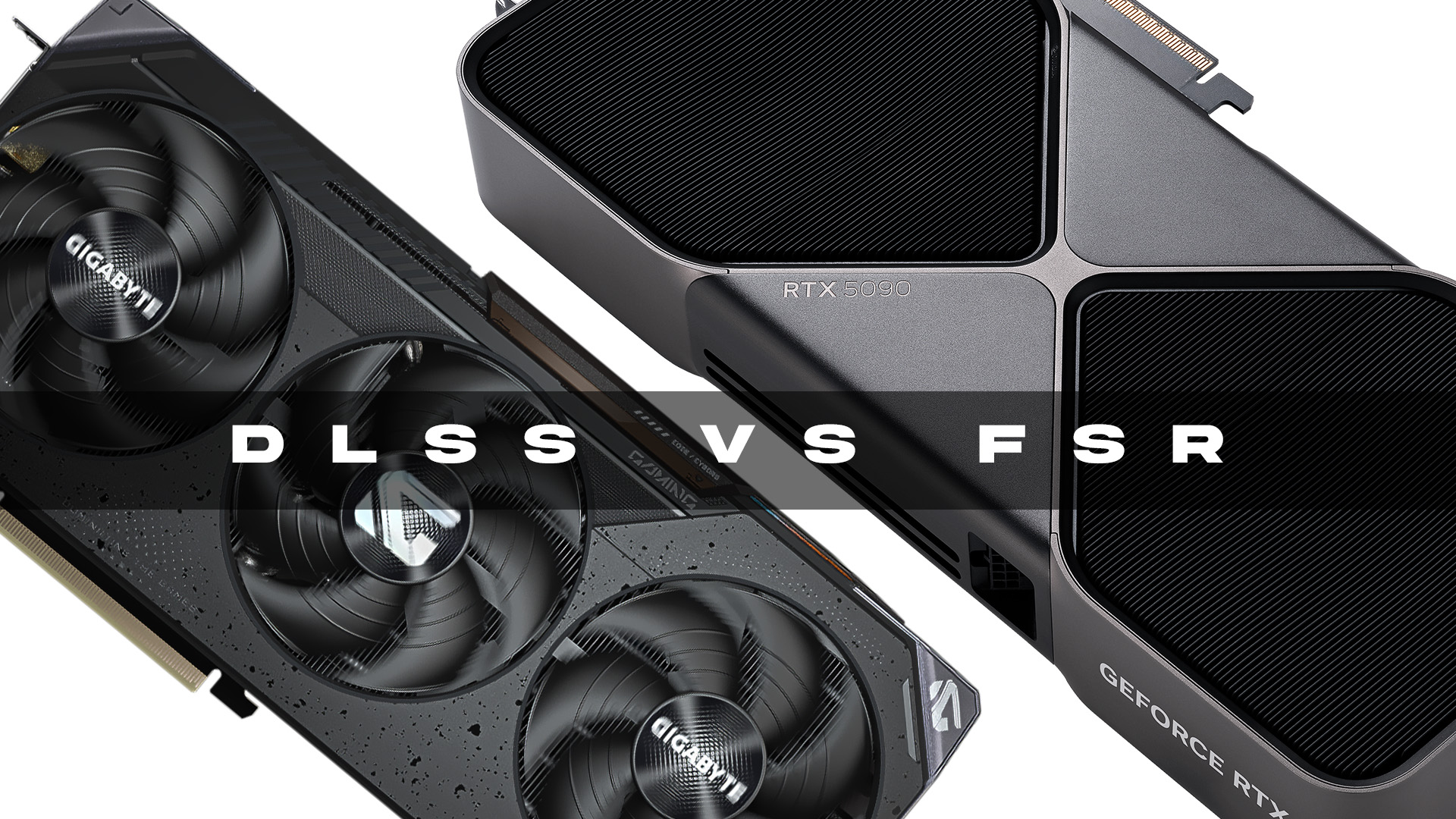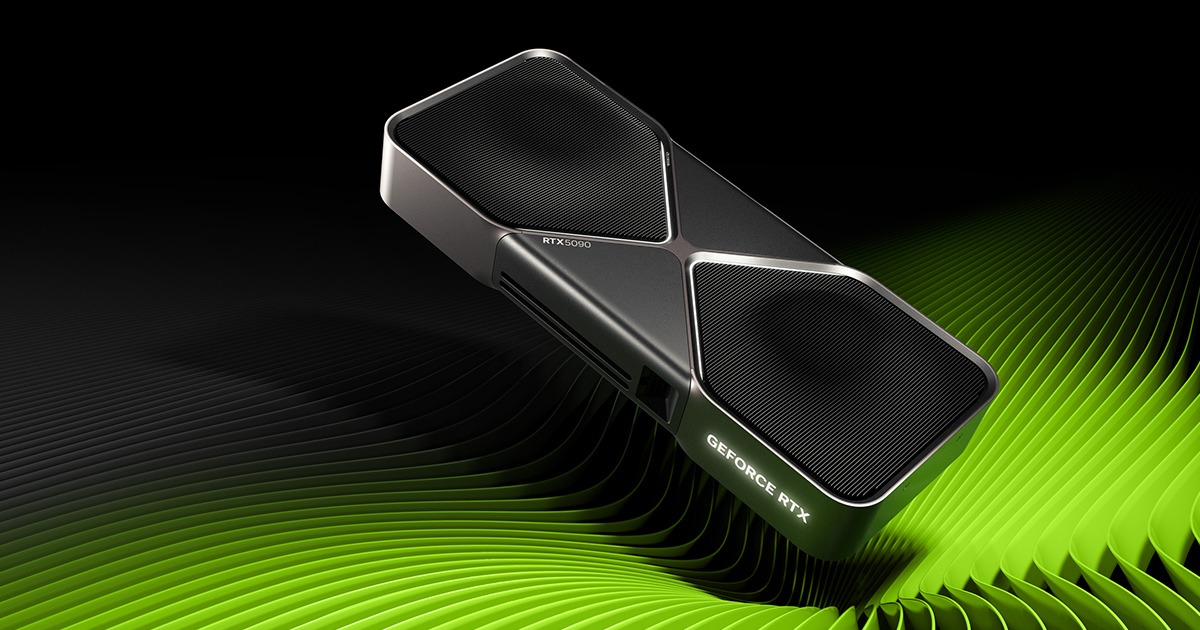
In modern PC gaming, maximizing performance without compromising image quality is a major goal—especially with increasingly demanding titles and higher-resolution displays. Two technologies leading the charge are NVIDIA’s DLSS (Deep Learning Super Sampling) and AMD’s FSR (FidelityFX Super Resolution). In this DLSS vs FSR comparison, we’ll explore how each upscaling method works under the hood and what it means for gamers looking to boost frame rates.

Image courtesy of NVIDIA
What Is DLSS and How Does It Work?
DLSS is NVIDIA’s proprietary AI-based upscaling technology, available on GeForce RTX GPUs (RTX 20 series and newer). It leverages Tensor Cores—specialized AI processors built into RTX GPUs—to perform real-time image reconstruction using deep learning models trained on super-resolution images.
Here’s how DLSS improves performance:
-
Lower Internal Rendering Resolution: The game engine renders frames at a lower resolution (e.g., 1080p instead of 4K).
-
AI Upscaling: A neural network trained on thousands of high-resolution frames reconstructs the image to a target resolution (e.g., 4K).
-
Temporal Feedback: DLSS uses data from multiple previous frames (motion vectors, depth buffers) to reduce artifacts and increase temporal stability.
DLSS 2.x introduced a generalized neural network that doesn’t require per-game training, significantly expanding support. DLSS 3 goes further, introducing Frame Generation, where entirely new intermediate frames are synthesized using AI—allowing performance gains even in CPU-limited scenarios.

Image courtesy of AMD
What Is FSR and How Does It Work?
FSR, developed by AMD, takes a more open and hardware-agnostic approach. It does not require dedicated AI hardware and works on a wide range of GPUs, including many older AMD and NVIDIA cards.
FSR has evolved over several iterations:
-
FSR 1.0: A spatial upscaler that uses edge detection and contrast-aware sharpening to upscale lower-resolution frames to a higher resolution. It is fast and easy to implement but lacks temporal data, which can lead to aliasing and flickering.
-
FSR 2.x: Introduces a temporal upscaling pipeline, using motion vectors, depth, and color buffers to deliver improved reconstruction quality. Like DLSS, it reconstructs a high-resolution image using information from previous frames, but it does so without machine learning.
-
FSR 3.x: Adds Frame Interpolation, similar to DLSS 3’s Frame Generation, allowing the GPU to generate additional frames using motion vectors and other data. However, since it lacks AI acceleration, performance and image quality may vary depending on the scene and motion complexity.
- FSR 4: Available exclusively on Radeon RX 9000, FSR 4 uses an AI accelerated upscaling algorithm to deliver image quality improvements over previous versions of FSR to rival DLSS 4’s improvements.
DLSS vs FSR: Key Differences
| Feature | DLSS | FSR |
|---|---|---|
| Hardware Requirement | NVIDIA RTX GPUs | Works on most modern GPUs (excludes FSR 4) |
| Upscaling Method | AI-based super resolution | Spatial and temporal reconstruction |
| Frame Generation | DLSS 4 (AI-based) | FSR 4 (AI-Accelerated) |
| Image Quality | Generally superior due to neural net | High quality, but varies per implementation |
| Game Support | Widely supported on modern AAA titles | Also widely supported, often easier to implement |
Conclusion
In the DLSS vs FSR debate, NVIDIA’s DLSS remains the gold standard for upscaling and frame generation—delivering the best image quality and performance, especially with DLSS 4. However, AMD’s FSR offers a more accessible and flexible alternative, supporting a wide range of hardware and still offering impressive gains, especially with FSR 3 and 4.
.
VM Staff
Latest posts by VM Staff (see all)
- The Great Memory Shortage - December 10, 2025
- What is an NPU and Why You May Need One in Your Next PC Build - September 5, 2025
- Trading Computers: Building the Best - June 26, 2025